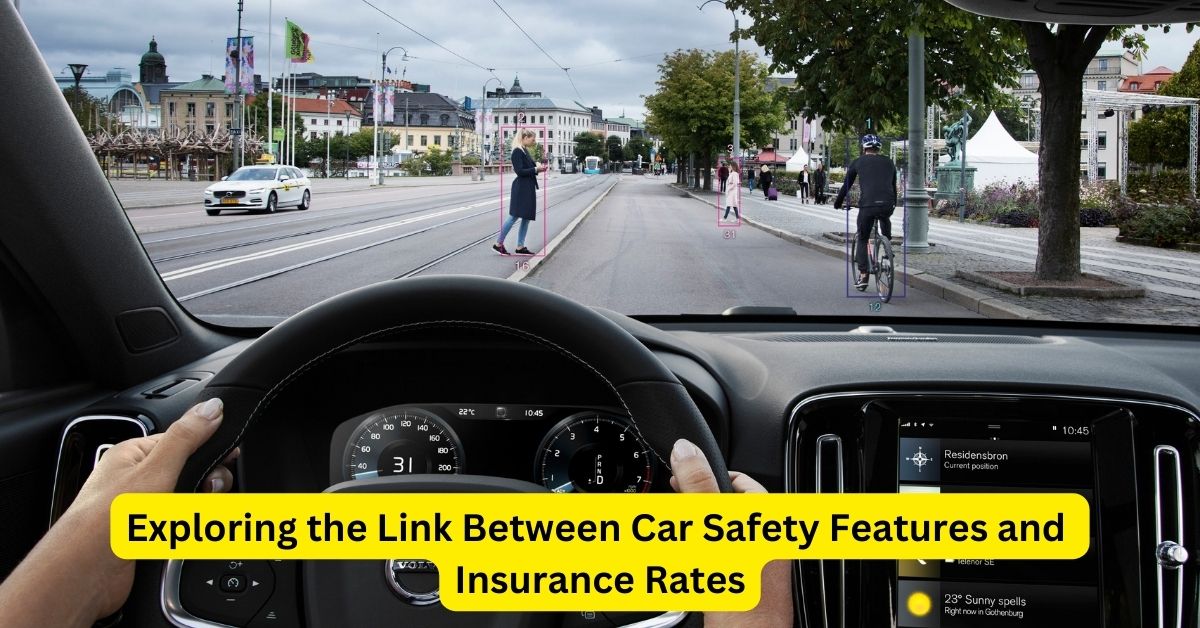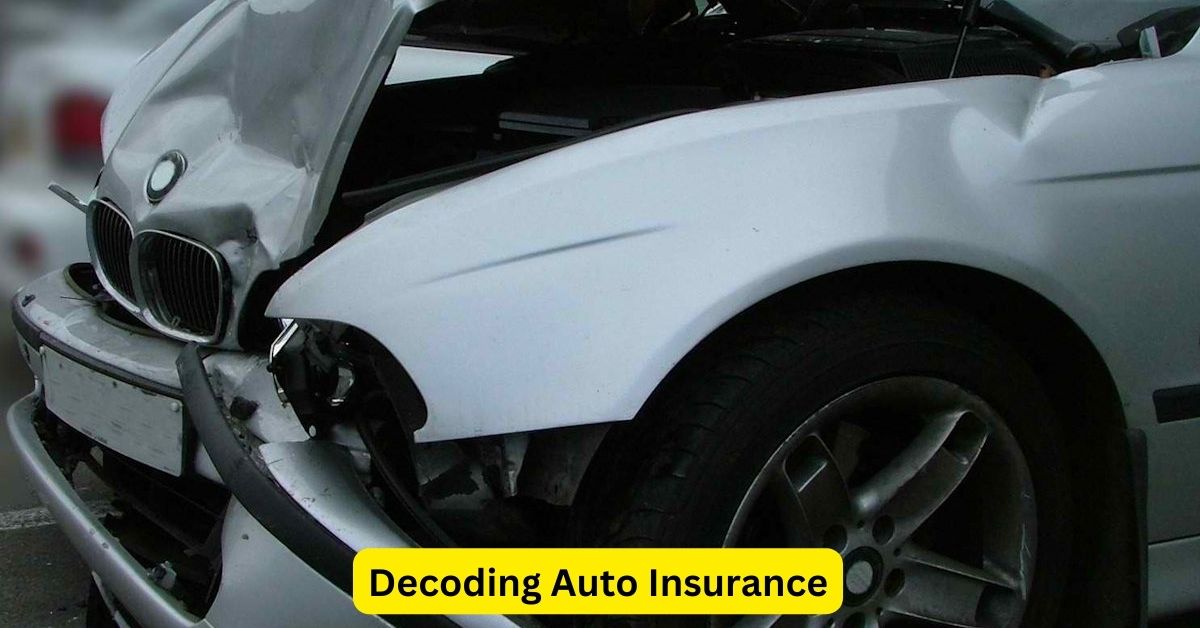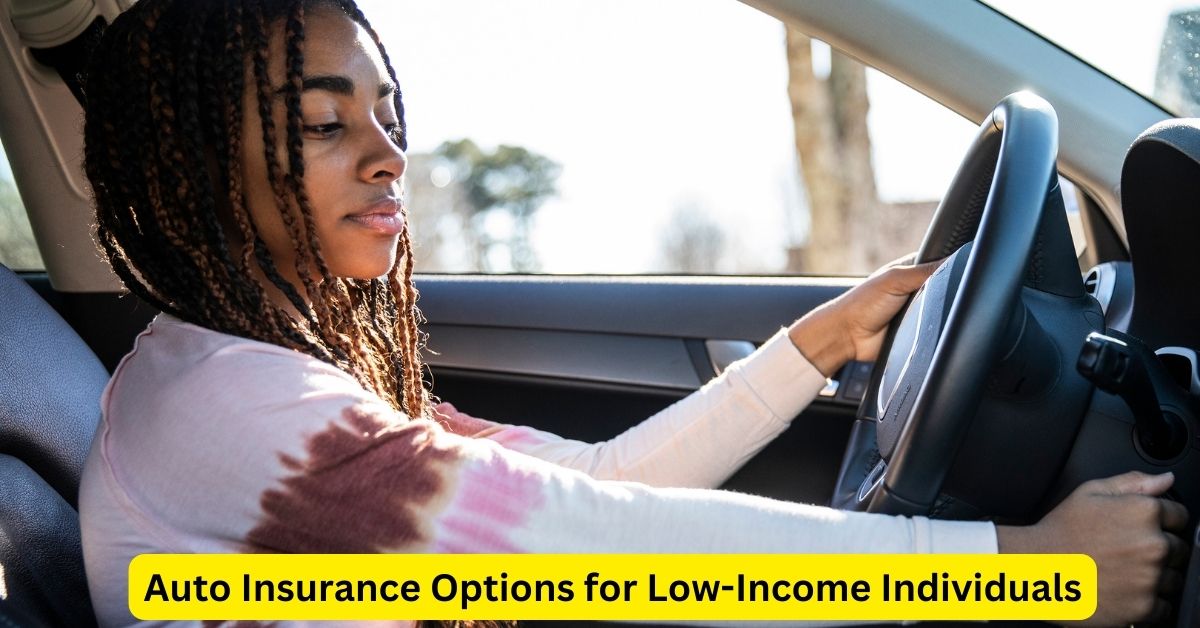In the ever-evolving landscape of automobile technology, safety features have become a pivotal factor not only in ensuring the well-being of drivers and passengers but also in influencing insurance rates. The relationship between car safety features and insurance premiums is a dynamic one, with advancements in safety technology playing a significant role in shaping coverage costs.
Insurance providers assess risk when determining premiums, and vehicles equipped with advanced safety features often enjoy lower rates. Modern safety technologies not only reduce the likelihood of accidents but also minimize the severity of injuries when they do occur. As a result, insurers view cars with these features as less risky and, consequently, offer more favorable rates to owners.
One key safety feature that can impact insurance rates is an anti-lock braking system (ABS). ABS helps maintain steering control during hard braking, reducing the risk of skidding. Cars equipped with ABS are considered safer, and insurers may offer discounts or lower premiums for vehicles with this feature.
Electronic Stability Control (ESC) is another technology that influences insurance rates positively. ESC helps prevent skids and loss of control in slippery conditions or during emergency maneuvers. Its inclusion in a vehicle’s safety features can result in lower insurance premiums due to the reduced risk of accidents.
The presence of airbags has long been a standard safety feature, and their effectiveness in reducing injury in the event of a collision is well-established. Most insurance providers take airbags into account when determining rates, and cars with advanced airbag systems may enjoy lower premiums.
Forward Collision Warning (FCW) and Automatic Emergency Braking (AEB) are cutting-edge safety features that can also impact insurance costs. FCW alerts drivers to an imminent collision, while AEB can automatically apply the brakes to prevent or mitigate a crash. Insurance companies often consider these technologies favorably, as they contribute to accident prevention and reduction of claims.
Lane Departure Warning (LDW) and Lane-Keeping Assist (LKA) systems are designed to prevent unintended lane departures. These features, too, are associated with lower insurance premiums, as they contribute to overall road safety by reducing the risk of side-swipe and lane departure accidents.
The relationship between car safety features and insurance rates extends beyond the protection of occupants. Some insurers offer discounts for vehicles equipped with anti-theft systems, as these features reduce the likelihood of theft or vandalism.
While safety features can lead to lower insurance premiums, it’s important for consumers to be proactive in communicating these features to their insurers. Providing documentation and details about the safety technologies in a vehicle can ensure that the policy accurately reflects the reduced risk associated with these advancements.
In conclusion, the incorporation of advanced safety features in modern vehicles not only enhances driver and passenger safety but also has a positive impact on insurance rates. As technology continues to advance, the relationship between car safety features and insurance premiums is likely to evolve, further incentivizing the adoption of cutting-edge safety technologies in the automotive industry.




